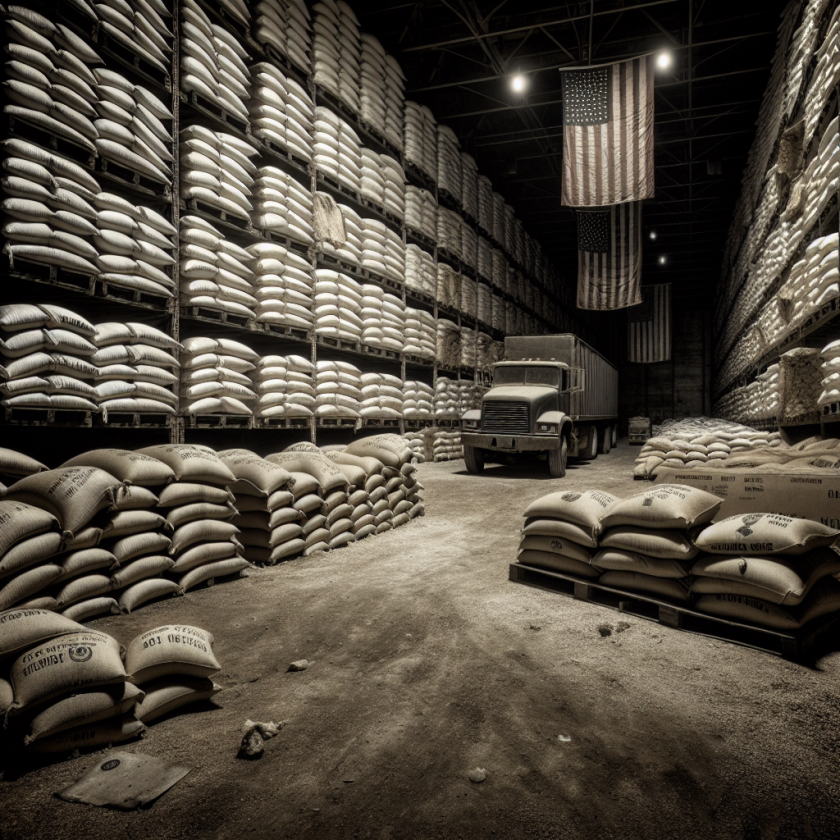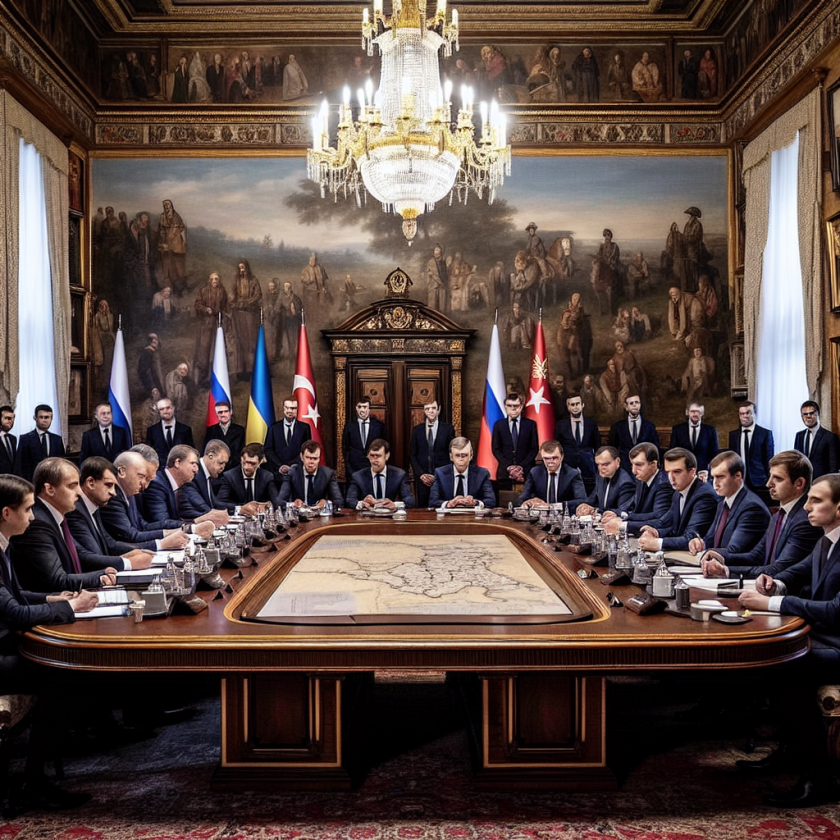Putin Labels Zelensky a “Toxic Figure” in Ukraine
Putin Labels Zelensky a “Toxic Figure” in Ukraine
Overview
In a recent development, Russian President Vladimir Putin has publicly referred to Ukrainian President Volodymyr Zelensky as a “toxic figure” within Ukraine. This statement marks a significant escalation in the rhetoric between the two leaders amidst ongoing tensions between their countries.
Key Points
- Escalating Tensions: The comment comes at a time of heightened conflict and diplomatic strain between Russia and Ukraine, with both nations engaged in a protracted geopolitical struggle.
- Diplomatic Implications: Putin’s characterization of Zelensky could further complicate diplomatic efforts aimed at resolving the ongoing conflict in Eastern Ukraine.
- Domestic Impact: The label of “toxic” may influence Zelensky’s domestic standing, potentially affecting his political capital and public perception within Ukraine.
- International Reactions: The international community is closely monitoring the situation, with potential implications for global diplomatic relations and regional stability.
Context and Background
The relationship between Russia and Ukraine has been fraught with tension since the annexation of Crimea by Russia in 2014. The conflict in Eastern Ukraine has resulted in significant loss of life and displacement, with numerous attempts at peace negotiations failing to yield lasting results.
Potential Consequences
- Increased Hostility: Putin’s remarks may lead to increased hostility and a hardening of positions on both sides.
- Impact on Peace Talks: The statement could undermine ongoing peace talks and efforts to reach a diplomatic resolution.
- Regional Stability: The situation poses a risk to regional stability, with potential spillover effects on neighboring countries.
Conclusion
Putin’s labeling of Zelensky as a “toxic figure” underscores the deep-seated animosity and complex dynamics at play in the Russia-Ukraine conflict. This development could have far-reaching implications for diplomatic relations, regional stability, and the future of peace efforts in Eastern Europe.


































